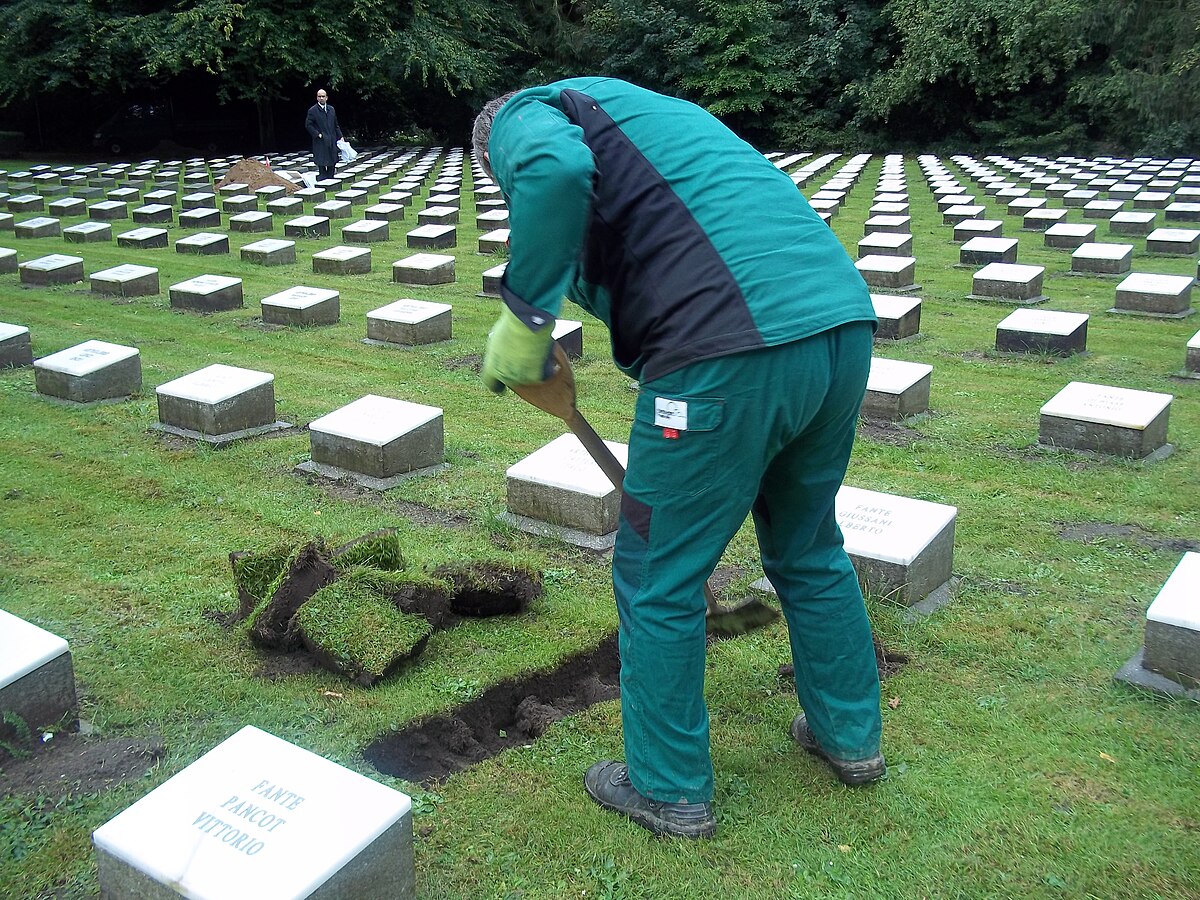
The Process of Exhumation and Moving Cemetery Plots in 2024
Why Exhumation and Moving Cemetery Plots May Be Necessary
Exhumation and moving cemetery plots are complex and emotionally charged processes that involve the removal of a deceased person’s remains from one location to another. This may be necessary for various reasons, including the construction of new buildings or infrastructure projects that require the relocation of graves, the need to consolidate family plots, or the desire to move a loved one to a different cemetery or location for personal or spiritual reasons. Whatever the reason, the process of exhumation and moving cemetery plots requires careful planning, respect, and attention to detail to ensure that the deceased are treated with dignity and respect throughout the process.
The Exhumation Process
The exhumation process typically begins with a thorough assessment of the cemetery plot and the remains to be exhumed. This includes identifying the location of the grave, the type of casket or container used, and the condition of the remains. The next step is to obtain the necessary permits and approvals from local authorities, as well as to notify any relevant parties, such as family members or other individuals who may be affected by the exhumation.
Once these steps are complete, the exhumation team will carefully excavate the grave, taking care to avoid damaging the remains or any surrounding grave markers or other cemetery features. The remains are then removed from the grave and transported to a temporary location for further examination and preparation for reburial.
The Preparation of Remains for Reburial
After the remains have been exhumed, they must be prepared for reburial. This involves cleaning and disinfecting the remains, as well as any casket or container used, to prevent the spread of disease. The remains are then placed in a new casket or container, and any grave markers or other cemetery features are carefully relocated to the new burial site.
The exhumation team will also ensure that the remains are properly identified and documented throughout the process to prevent any mistakes or misidentifications.
The Reburial Process
Once the remains have been prepared for reburial, the next step is to transport them to the new burial site. This typically involves a funeral procession, during which the remains are carried to the new grave site, often accompanied by family members, friends, and other mourners. The remains are then placed in the new grave, and the grave is marked with a new headstone or marker. The reburial process is an important part of the exhumation and moving cemetery plots process, as it provides a sense of closure and finality for the family and loved ones of the deceased.
Legal and Regulatory Framework
In the United States, the process of exhumation and moving cemetery plots is governed by a complex legal and regulatory framework. At the federal level, the Burial Act of 1857 provides the general framework for the removal of human remains, while the Ministry of Justice (MoJ) is responsible for issuing licenses for the exhumation of human remains.
The MoJ’s guidance notes outline the requirements for obtaining a license, including the need for the consent of the grave owner and the next of kin, as well as the need to provide detailed information about the applicant, the deceased, and the place of burial.
State-Specific Regulations
Each state has its own specific regulations regarding the exhumation and moving of cemetery plots. For example, in Florida, the moving of buried human remains is allowed by a licensed funeral director with a valid burial transit permit. In Texas, the Department of State Health Services (DSHS) requires a disinterment permit for the removal of human remains, which must be obtained from the DSHS-Vital Statistics Section. The permit application must include the full name of the cemetery, plot number, city, county, and state where the deceased is buried, as well as the name of the cemetery where the body is to be reinterred.
National Cemetery Administration Regulations
The National Cemetery Administration (NCA) regulates the relocation of graves in national cemeteries. The NCA requires documentary evidence, such as official documents or correspondence signed by an Armed Services branch historical center representative, to verify the accuracy of the information provided. The NCA also furnishes Government markers for private cemeteries and requires the applicant to obtain certification on VA Form 40–1330 from a cemetery representative that the type and placement of the marker are in accordance with NCA regulations.
Costs and Fees
The cost of exhumation and moving cemetery plots can vary widely, depending on the location, the complexity of the process, and the services required. In Texas, for example, the fee to open and close a grave is typically $1,000 each, while the excavation process can add significant costs. The final cost can range from $5,000 to $15,000 or more, including the reburial of the body at the new location.
On average, the cost of exhumation and moving cemetery plots can range from $5,000 to $20,000 or more, although this can vary significantly depending on the specific circumstances. It’s important for families and individuals to carefully consider the costs involved in exhumation and moving cemetery plots, as well as the emotional and spiritual implications of the process, before making a decision.
The Emotional and Spiritual Implications of Exhumation and Moving Cemetery Plots
Exhumation and moving cemetery plots can be a difficult and emotionally charged process for many people. It’s important to approach the process with sensitivity and respect, and to consider the emotional and spiritual implications of the process on all parties involved. This may involve seeking the advice of a spiritual leader or counselor, or simply taking the time to reflect on the significance of the process and the importance of honoring the deceased. By approaching the process with respect and sensitivity, families and individuals can ensure that the exhumation and moving cemetery plots process is carried out with dignity and respect for the deceased.
The Bottom Line
The process of exhumation and moving cemetery plots is a complex and emotionally charged process that requires careful planning, respect, and attention to detail. Whether the reason for exhumation is construction, consolidation, or personal preference, the process must be carried out with sensitivity and respect for the deceased and their loved ones. By understanding the process and the costs involved, families and individuals can make informed decisions about the exhumation and moving of cemetery plots, and ensure that the deceased are treated with dignity and respect throughout the process.

